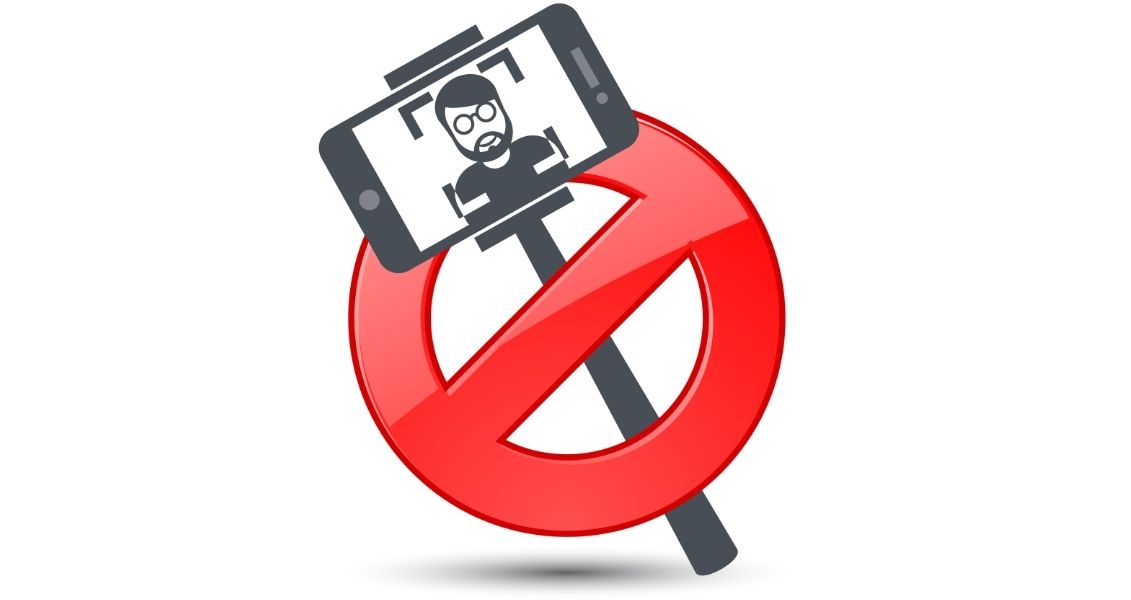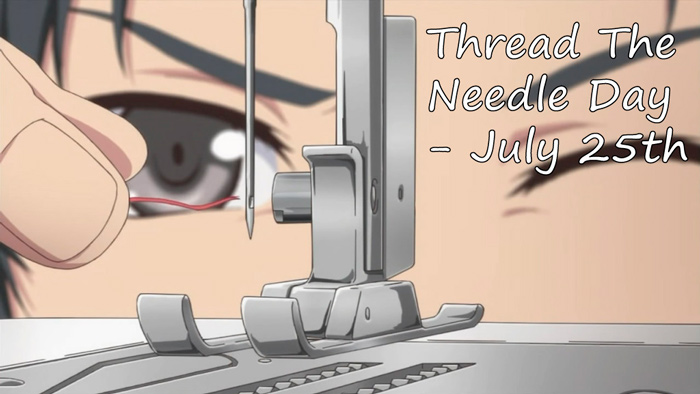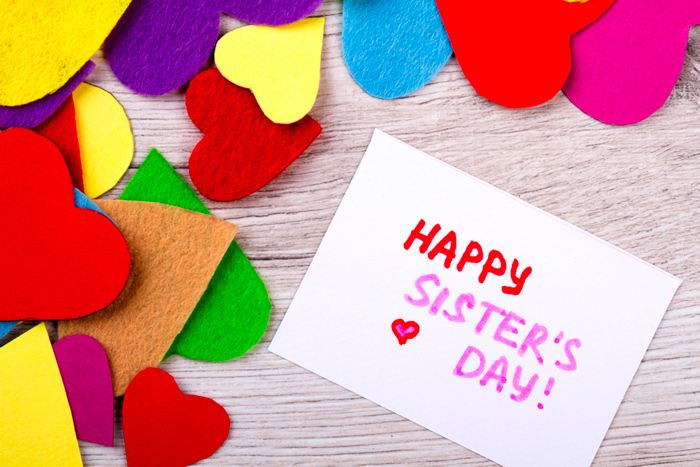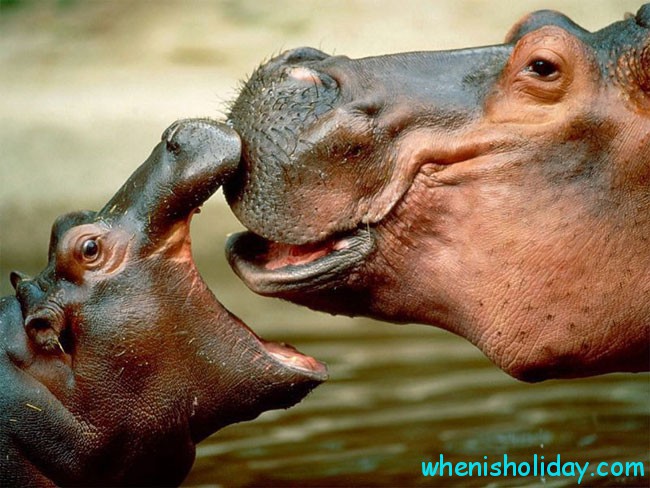A day without selfies
What day is it?
The modern world is unimaginable no selfies — the passion for him has acquired a global character, covering everyone — from top politicians and show business stars to ordinary people. It is now very easy to take pictures of yourself and then post them on social networks — this is possible thanks to the built-in cameras of smartphones or other mobile devices. But if the passion for selfies becomes excessive, then from simple entertainment or a way of self-presentation, it turns into an addiction and can pose a threat to life. To make it easier for people to realize the negative side of selfies and distract themselves from this activity, there is an unusual holiday — A day without selfies which is celebrated every year on March 16.
How did the idea of celebrating Selfie Day come about?
People started creating their own images long before the appearance of selfies in the usual sense. Actually, selfie is a smartphone version of the self-portrait, one of the staples of art history.
Self portrait
Self-portrait as a genre gained popularity during the Renaissance, when interest in human individuality grew, and most importantly, high-quality mirrors appeared. Looking at themselves in the mirror, artists wrote self-portraits, which are proof that the desire for self-knowledge was characteristic of people at all times.
The Dutch painter Rembrandt left behind about a hundred self-portraits; Vincent Van Gogh is the author of more than thirty of his images, the most famous of which is a self-portrait with a severed ear. The self-portraits of the Mexican artist Frida Kahlo and the American artist Andy Warhol have become iconic.
The first photos
The first photographs appeared in the 1830s. They were based on the daguerreotype system, named after its inventor, Louis Jacques Daguerre. The first daguerreotype self-portrait dates back to 1839 and belongs to the American, amateur chemist Robert Cornelius.
It was the first close-up photo portrait of a person, because the process of creating a daguerreotype was long — one had to sit still in front of the lens for about twenty minutes. But Cornelius managed to reduce the exposure time somewhat, and it became a real success. Photographic portraits of people became popular, and Robert Cornelius opened one of the first photo studios in the United States.
The turning point was the creation of the Kodak camera by George Eastman, which appeared on the market in 1888. It had 100 frames of film, and when it ran out, the camera had to be sent to the factory to process the pictures and install new film.
In 1900, Eastman perfected his invention, releasing the Kodak Brownie model with the ability to independently replace the film, which was sold separately. Kodak Brownie became an affordable camera for everyone, because it cost only one dollar. The era of amateur photography began, people could take pictures of everything, including themselves. There is a new expression “Kodak moment” – a good moment that should be immortalized.
The first known “mirror” selfie in history was taken in Russia. In 1914, 13-year-old Anastasia, the daughter of Emperor Nicholas II, took a picture of her reflection in a mirror, and probably became the first teenage girl to take a selfie.
selfie, made in today’s way — holding the camera in an outstretched hand — took place in December 1920. Five photographers from the Manhattan photo studio Byron Company immortalized themselves in this way. The camera was quite heavy, so two men had to hold it at once.
Many new improvements appeared in photography, and the fascination with it spread. In the 1970s, Polaroid cameras became popular. With these cameras, it became much easier to take self-portraits, because they were light, they were convenient to hold with one hand, in addition, the photo was instantaneous.
Digital cameras
The next important stage was the emergence of digital photography. The first digital cameras went on sale in the early 1990s. But digital photography did not replace the old technologies immediately, but over the course of a decade, after technical improvements and a decrease in price.
In 2002, more digital cameras were sold than film cameras. Photos ceased to be material objects, they began to exist in the form of an array of pixels.
But no matter what the cameras were, one could only shoot oneself blindly, having no idea what the result would be. This was the case until the first front-facing camera appeared in the phone. Relatively little time has passed since then, but nowadays smartphones without a high-quality front camera cannot withstand the competition. Modern cameras allow you to take very clear photos suitable for professional editing.
The “dark” side of the selfie
Currently, hundreds of millions are made every day in the world selfie. For some people, it has become a real addiction, and some are ready to risk their lives for the sake of a successful picture. In addition, taking selfies has become a serious concern for psychologists and psychiatrists. People obsess over their appearance, spend too much time on selfies and editing them. This happens at the expense of live communication and other important matters.
Perhaps, that is why the unofficial holiday arose – A day without selfies. Ironically, it is celebrated on March 16, the birthday of Philipp Kahn, who created the first phone with the ability to instantly transmit images.
A day without a selfie in history
-
1889In the USA, a Kodak Camera commercial appeared with the well-known slogan: “You press the button, and we do the rest.”
-
1966American astronaut Buzz Aldrin took the first selfie in outer space.
-
2002The first use of the term “selfie”. This happened on an Australian online forum.
-
2010Almost all smartphones began to be released with front cameras, at the same time, the Internet was flooded with many selfies.
-
2013The Oxford English Dictionary has announced the word “selfie” as the word of the year.
-
2015A smartphone tripod (selfie stick) appeared. This made it possible to expand the frame, adding more of the surrounding background.
Frequent Questions and answers about Selfie Day
It happened in 2003. The Sony Ericsson Z1010 phone model has a 0.3-megapixel front camera.
Front cameras were not created for selfies. According to the inventors, they were intended for video calls. This function was considered important for business negotiations.
According to statistics, people aged 18 to 35 take the most selfies — 57%. The share of teenagers under 18 is 30%, and those older than 35 are only 13%.
There are different opinions on this matter, but the American Psychiatric Association believes that a person who takes more than three selfies a day can be diagnosed with a certain psychological disorder.
Selfies are divided into 15 categories. Most people post selfies from the “appearance” category – 52% of them. So-called “social selfies” with friends or family make up 14%. In third place in terms of number are selfies emphasizing a person’s ethnic origin, they make up 13%.
How to celebrate Selfie Day?
The main thing this day is not to take selfies. Of course, it is not easy to give up something that has long become a habit, even for one day. But if you show willpower, you can feel how much time is actually freed up.
This time should be spent on something pleasant, for which it is usually not enough. For example, meeting with friends or having a party, the main condition of which is that selfies are prohibited. But taking pictures of other people, beautiful things or wonderful landscapes is not prohibited. By the way, a park or a country walk will provide you with these views. Nature will help you feel the difference between real and artificial, eternity and everyday hustle and bustle.
And when the evening comes A day without selfies, you can look up and look at the starry sky — find familiar constellations, admire the calm blue light of the stars. After all, on other evenings, the gaze of selfie lovers is almost always fixed on the smartphone.
Those who take a lot of selfies are familiar with neck, shoulder and elbow pain from constantly trying to create the perfect photo pose. Therefore, on a day free from these efforts, it would be appropriate to have a massage, stretching exercises or do yoga. This will help to relax not only physically, but also psychologically.
A tasty dinner prepared by oneself will add to a good mood, and an interesting book before bed will restore the ability to concentrate. A day without a selfie will pass quickly and with benefit, and maybe someone will want to repeat it more than once.
Why is this day important?
This day draws attention to the fact that admiration selfie has become a real epidemic and a new form of addiction. People are so used to being photographed that they can no longer live without it. For some, this addiction goes away over time, and someone is forced to resort to professional psychotherapeutic help.
Research by American scientists has proven a paradoxical fact — a large number of selfies in an account is usually perceived negatively by people. Most users of social networks consider endless selfies to be a sign of self-centeredness and narcissism.
Selfimania has a bad effect on a person’s character. As a rule, such people have overestimated self-esteem, and treat other people with contempt and at the same time wary – because almost their whole life depends on their likes and comments.
It is already difficult to surprise someone with an ordinary selfie, so teenagers and young people often resort to extremes, taking pictures on the roof of a high-rise building, on train cars, with wild animals, on fires and in other dangerous places. Sometimes this leads to injuries and even fatalities.
People will no longer be able to give up social networks – it is convenient, informative, helps in self-development and business. But A day without selfies makes you think about the search for a balance – to what extent our presence in social networks corresponds to common sense and whether it should be somewhat limited.
When will we celebrate A day without a selfie?
| Year | Date | Weekday |
|---|---|---|
| 2021 | March 16 | Tuesday |
| 2022 | March 16 | Wednesday |
| 2023 | March 16 | Thursday |
| 2024 | March 16 | Saturday |
| 2025 | March 16 | Sunday |




































